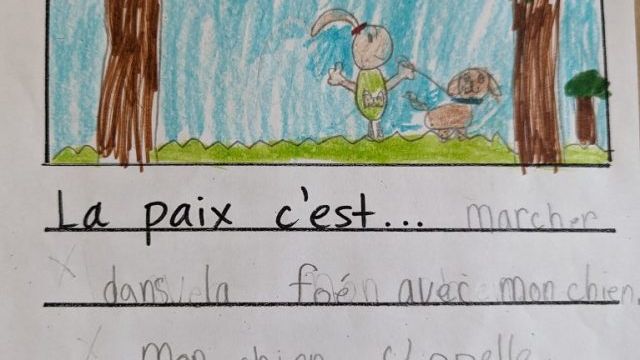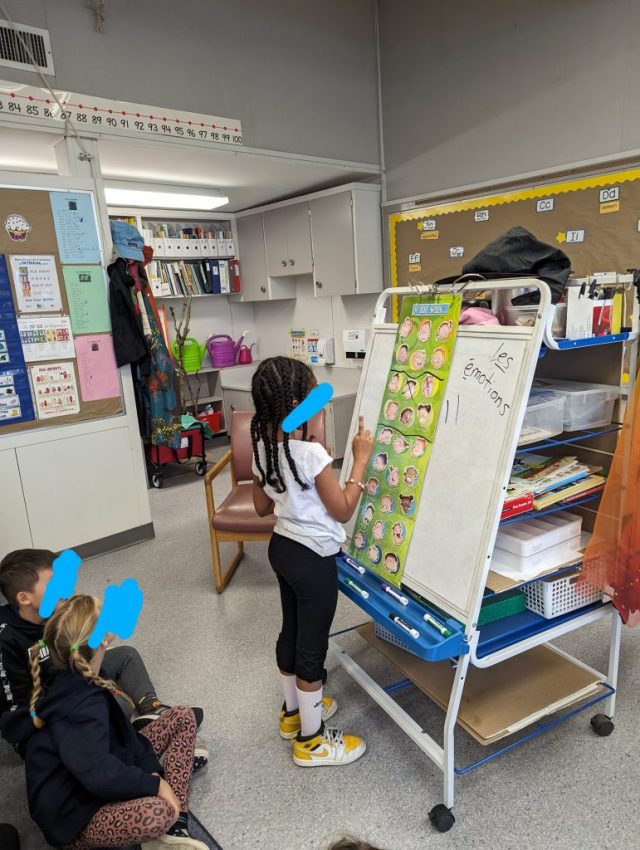We started playing a new game in PE this week. Students aim to win the biggest number of points by throwing beanbags into the hoop.
Yellow beanbags are worth 1 point each. Red beanbags are worth 10 points each.
This simple game has students practice a number of skills.
Students practice spatial reasoning in assessing how hard or soft to throw a bean bag for it to land on target.
They practice personal and social responsibility in participating in the game and encouraging their classmates.
Finally, they practice creative and critical thinking in counting beanbags to figure out final scores.
































